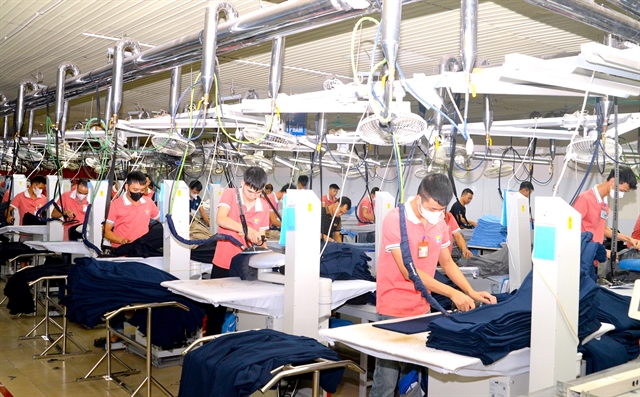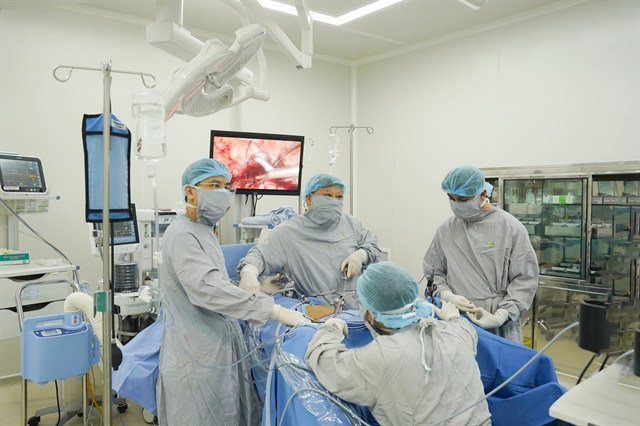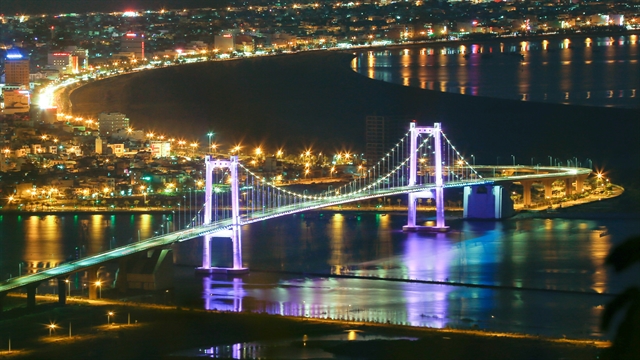 Travel
Travel
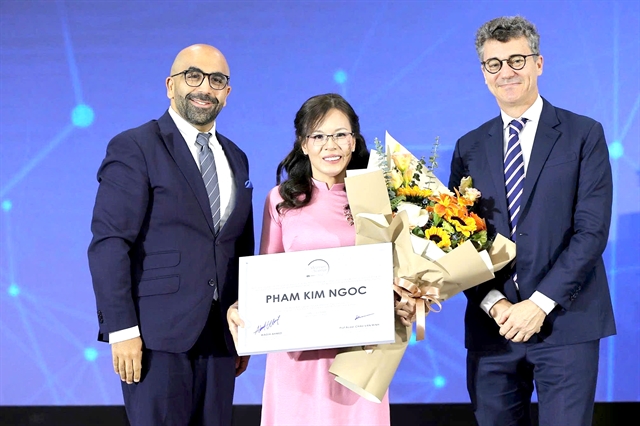
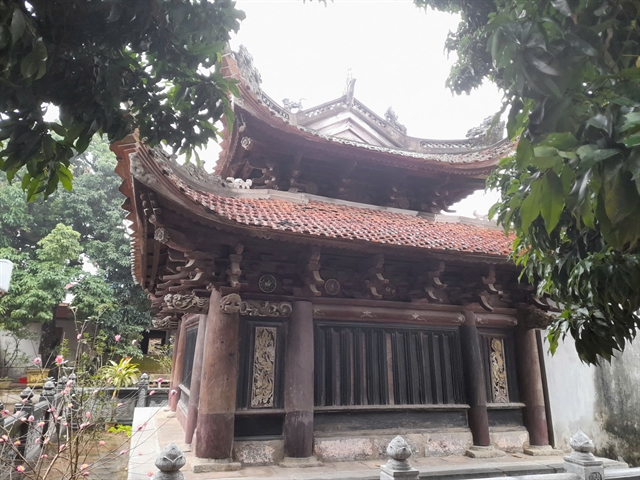 |
| The sanctuary is dedicated to Nguyễn Bình An, a local saint and valiant leader who rallied the community against northern invaders. — VNS Photo Thanh Nga |
By Thanh Nga
In the gentle embrace of early spring, visitors to Bối Khê Pagoda will find a treasure trove of ancient heritage nestled in the heart of northern Việt Nam. Revered for its architectural elegance and rich historical significance, this pagoda exudes a uniquely solemn and tranquil atmosphere, inviting sightseers to reflect and rejuvenate.
Bối Khê Pagoda stands proudly among the six largest and oldest pagodas in Hà Tây Province (now part of Hà Nội), alongside illustrious names like Hương Pagoda, Dâu Pagoda, Thầy Pagoda, Tây Phương Pagoda and Trăm Gian Pagoda.
Located just 20km from the bustling centre of Hà Nội, the pagoda is situated in Tam Hưng Commune, Thanh Oai District. Built nearly 700 years ago, it is a testament to Việt Nam’s enduring spiritual heritage.
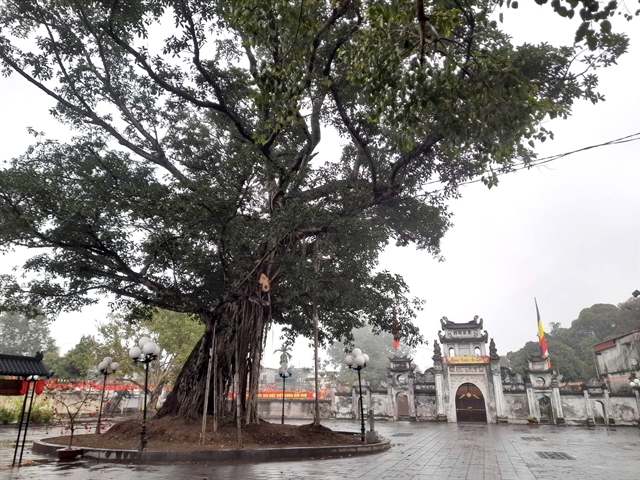 |
| An ancient banyan tree honoured as a Việt Nam Heritage Tree in front of the Bối Khê Pagoda gate. — VNS Photo Thanh Nga |
Dedicated to Nguyễn Bình An, a local saint and valiant leader who rallied the community against northern invaders, the pagoda was constructed in 1338 during the reign of King Trần Hiền Tông. The architectural style reflects the philosophy of 'Tiền Phật, Hậu Thánh', where the front hall is dedicated to Buddha and the rear hall honours revered saints. The layout is harmoniously arranged along a central axis, enhancing its serene beauty.
As you approach the pagoda, you are greeted by a vast courtyard. Once a recruitment ground for soldiers, the space is adorned with ancient banyan and bodhi trees, honoured as Việt Nam Heritage Trees. Nearby, a tower garden houses five tombs, preserving the remains and relics of abbots who have guided the pagoda through the ages.
Lê Huy Trọng, from the Elderly Association of Song Khê Village, highlights the pagoda's unique features. He said: “Unlike most pagodas that boast three gates, Bối Khê Pagoda impressively has five, known as 'ngũ môn'. Further along, the bell tower, adorned with two historic bells cast in 1338 and 1410, adds to the pagoda's distinct character.”
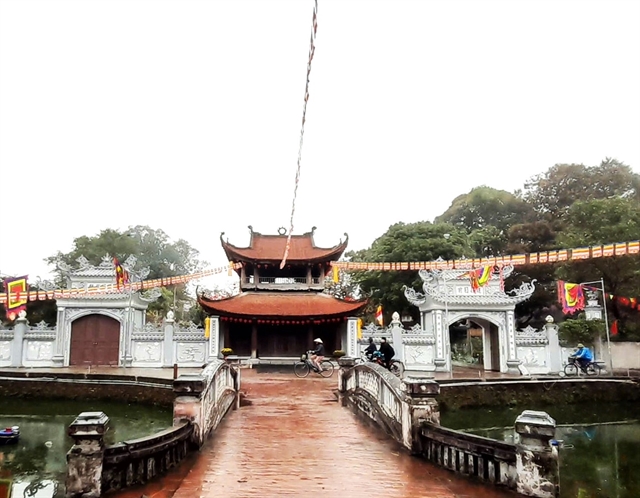 |
| The main entrance to Bối Khê Pagoda. — VNS Photo Thanh Nga |
The spacious pagoda yard, with its intricately carved stone bed and incense burner, showcases motifs that reflect the artistic legacy of the Mạc Dynasty. The grounds are a vibrant sanctuary, home to a variety of trees, with the lotus symbolising purity and spiritual awakening, deeply intertwined with the essence of Vietnamese culture.
Decorative patterns from the Trần (13th-14th centuries), Lê Sơ-Mạc (15th-16th centuries), and Nguyễn (19th-20th centuries) dynasties embellish the central worship hall, featuring representations of the four sacred animals and intricate geometric designs. The pagoda also houses rare stone artefacts from the 14th century, including 58 Buddhist statues, the most striking being a two-metre Guanyin statue with twelve arms, gracefully seated atop a lotus pedestal in the central hall.
 |
| A brick platform shows many overlapping cultural layers. — Photo dangcongsan.vn |
One of Bối Khê Pagoda's most remarkable features is the hidden tunnel behind its grounds, a relic from the resistance against French colonialism that was constructed in January 1948. This tunnel served as an underground passage for troops and a robust defence during tumultuous times.
Local resident Nguyễn Văn Công shared his admiration for the site, stating: “Visiting the pagoda, I am always struck by its stunning architecture and the lush greenery surrounding it. Every spring, my family and I come here to pray for a peaceful new year, embracing the spiritual renewal it offers.”
With nearly 700 years of history, Bối Khê Pagoda has endured numerous restorations throughout the Lê Sơ, Mạc, Lê Trung Hưng and Nguyễn Dynasties, preserving its historical essence. Recognised as a national architectural and artistic relic in 1979, it has recently been honoured as a special national monument.
As the pagoda continues to thrive, Vice Chairman Vũ Quỳnh of the Thanh Oai District People's Committee emphasises their commitment to preserving and enhancing this cultural gem. Plans are underway to leverage its historical and architectural significance in tourism development, fostering local socio-economic growth and enriching the spiritual lives of the community.
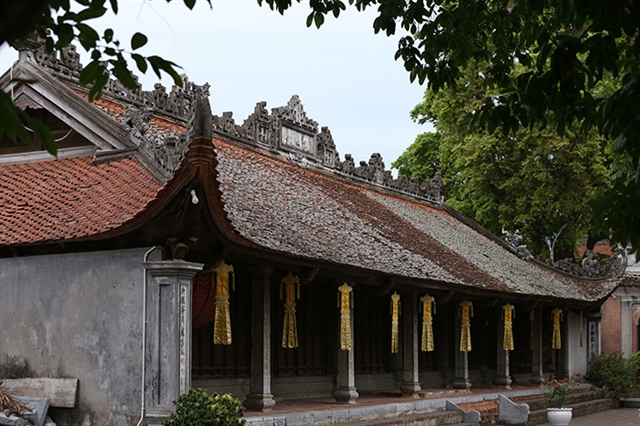 |
| A peaceful corner of the Bối Khê Pagoda. — VNS Photo dangcongsan.vn |
Bối Khê Pagoda stands not only as a testament to Việt Nam's rich architectural heritage, but also as a living symbol of resilience and spirituality. Its tranquil grounds, adorned with ancient trees and intricate carvings, invite visitors to reflect on the past and honour their ancestors, while also embracing the present. VNS

